15 Class Projects From The Past That Would Definitely Break Privacy Laws Today

Remember those seemingly innocent school assignments we used to tackle back in the day? At the time, they felt totally normal—even fun. But looking back now, especially through today’s privacy-conscious lens, some of them were downright wild.
While cleaning out my parents’ attic recently, I stumbled upon my old school portfolio, and I couldn’t believe what passed as a “learning experience” in the ’80s and ’90s. There was the classic “family tree” project, which casually required you to map out relatives’ full names, birthdates, and places of origin—hello, identity theft starter pack!
Or how about those assignments where you had to track the habits of a “random person” at the mall for a sociology unit? Yep, we were basically encouraged to be junior stalkers in the name of education. One project even asked for a detailed report on any medical conditions we’d ever had. Can you imagine the parental email firestorm that would spark today? Sure, we learned a lot—but wow, the lines between education and oversharing were blurry at best.
It’s a wonder we didn’t all end up in a FERPA violation case study. Still, those awkward, overly personal assignments somehow became core memories. What were they thinking? And why was it kind of fun?
1. Family Tree Assignments With Medical Histories

Yikes! I still remember Mrs. Peterson’s infamous family tree project in 5th grade. We weren’t just mapping relatives – we were documenting every disease and condition that ran through our bloodlines. “My grandpa had a heart attack at 52” and “diabetes runs on my mom’s side” were facts casually displayed on classroom walls for everyone to see.
Our colorful charts included birth dates, maiden names, and sometimes even cause of their passing. Looking back, this was essentially broadcasting our genetic predispositions and family health secrets to the entire school. Some kids even interviewed relatives about mental health conditions and addiction issues!
Today, this would violate HIPAA faster than you can say “medical privacy.” Modern teachers stick to basic family connections or fictional families instead. Good call, considering those construction paper trees basically gave away enough information for identity theft or genetic discrimination.
2. Phone Book Scavenger Hunts

Fourth grade brought the weirdest homework ever – Mr. Garcia handed out actual phone books and told us to find people with funny names or occupations. “Bonus points if you call them to verify!” he encouraged with a wink. My partner and I spent an entire evening cold-calling strangers named Baker who worked as, you guessed it, bakers.
Parents helped us dial random households, asking bewildered folks if their names really matched their jobs. We’d record addresses, phone numbers, and occupations on our worksheets. The class favorite was finding someone named “Waters” who worked as a plumber – comedy gold to 9-year-olds!
Nowadays, this activity would trigger multiple restraining orders. Imagine encouraging kids to contact random adults and collect their personal information! Between anti-harassment laws and the death of printed phone directories, this assignment has thankfully been disconnected permanently.
3. Fingerprinting All Classmates

Forensic science day was absolutely wild in Mrs. Kowalski’s 6th-grade class! Each student pressed their fingertips onto an ink pad, then carefully rolled them onto special cards labeled with our names. We examined loops, whorls, and arches under magnifying glasses, comparing patterns with classmates while creating a comprehensive class collection.
The project culminated in a mock crime scene where we’d match “evidence” to our fingerprint database. Our teacher kept these cards filed away, occasionally pulling them out when classroom items mysteriously disappeared. “Let’s dust for prints and find our pencil thief!” she’d announce dramatically.
Modern parents would have a collective meltdown over this biometric data collection nightmare. Fingerprints are unique identifiers used by law enforcement and security systems – not something that should be collected from minors without consent forms and strict storage protocols. Yet there ours were, casually stored in a teacher’s desk drawer for years!
4. Neighborhood Surveillance Photography

Armed with disposable cameras and zero understanding of privacy laws, my 7th-grade geography class embarked on what our teacher called “community documentation.” We roamed neighborhoods photographing strangers’ houses, businesses, and occasionally the residents themselves for our “local culture” collages.
I snapped pictures of an elderly man tending his garden, a family having dinner through their window, and kids playing in a private backyard – all without permission. My final project featured twenty photos of unsuspecting neighbors with captions about their “observed daily habits.” My teacher gave me an A+ for my “detailed anthropological observations.”
Today, this project would trigger trespassing complaints and privacy lawsuits faster than you can say “reasonable expectation of privacy.” Modern students use public buildings or obtain written consent before including private property in school projects. Meanwhile, my creepy surveillance collage probably still exists in some school storage room, a paper time capsule of privacy violations.
5. Detailed Personal Journals Shared With Class
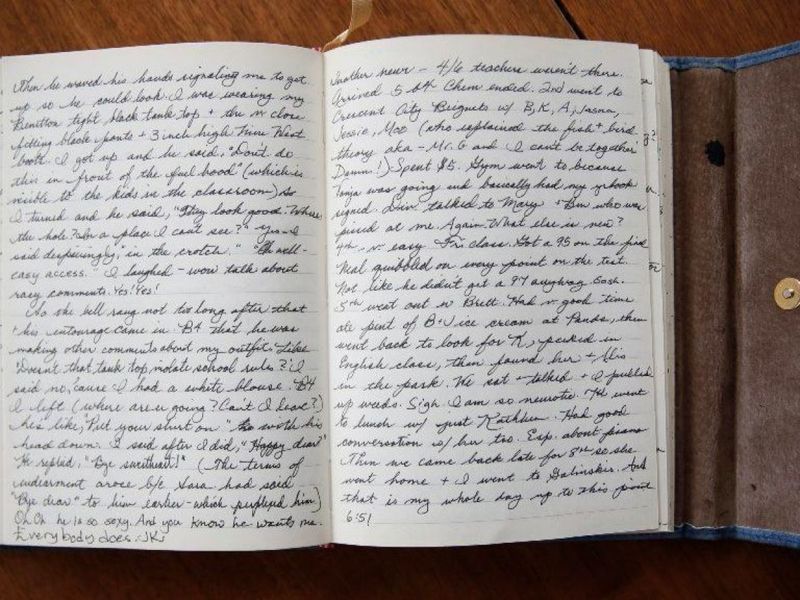
Miss Wilson’s 5th-grade English class featured the dreaded “open diary” project. Every Monday morning, students took turns reading aloud from personal journals we’d kept over the weekend. Nothing was off-limits – family arguments, crushes, embarrassing moments – all broadcast to twenty-five snickering classmates.
My worst memory? Describing my parents’ argument about money problems, only to have Bobby Miller repeat it to his parents, who then called mine. The mandatory sharing continued all year, with participation counting for 30% of our grade. Those who wrote “boring” entries received public criticism and lower marks.
The modern equivalent would require consent forms, therapy sessions, and probably a few lawsuits. Today’s educators understand that forcing children to publicly disclose private family matters violates basic privacy rights. They offer journaling as a private activity or give specific, non-invasive prompts instead. Meanwhile, I still have trust issues when someone asks, “How was your weekend?”
6. Door-to-Door Neighborhood Surveys
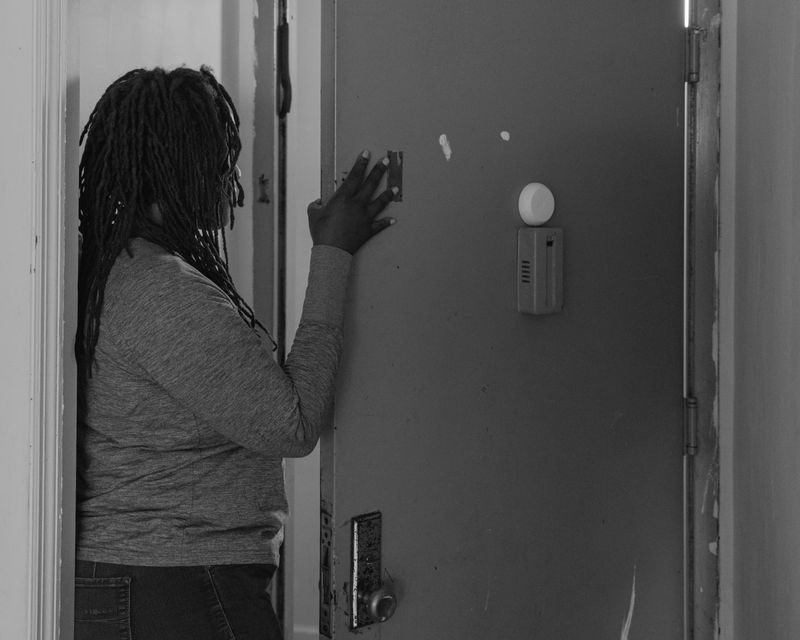
My 8th-grade social studies teacher thought nothing of sending thirty teenagers knocking on strangers’ doors after school. “Collect demographic data from at least twenty households,” read the assignment sheet. We asked neighbors about income brackets, political affiliations, religious practices, and even health issues – all while scribbling responses into school notebooks.
Most adults answered our invasive questions without hesitation because we flashed school IDs and mentioned it was “for education.” My survey group struck gold when we found an elderly couple who invited us in for cookies while detailing their voting history and medication regimens. We compiled everything into colorful charts, proudly displaying which streets had the highest divorce rates and who earned the most money.
In today’s world, this project screams “stranger danger” from both perspectives. Modern schools wouldn’t dream of sending minors to collect sensitive personal information from random households without parental supervision, consent forms, and strict anonymization protocols. Those hand-drawn neighborhood income maps would definitely violate several privacy statutes!
7. Baby Photo Guessing Games
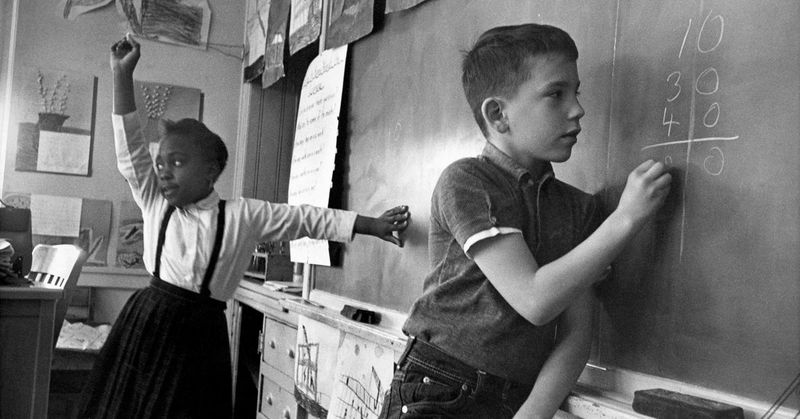
Principal Williams thought he’d struck entertainment gold with his annual assembly tradition: the infamous baby photo guessing game. Every student was required to submit an embarrassing infant photo, which would be projected on a massive screen while classmates shouted guesses about our identities.
Teachers awarded points to classes who correctly identified the most babies, turning our earliest (often naked or bathtub) photos into a competitive sport. My toothless, diaper-only beach picture earned the loudest laughs and haunted me through high school. The worst part? These photos were displayed in hallway collages for parent-teacher nights with our names clearly labeled.
Current privacy standards for schools prohibit sharing identifiable images of minors without explicit parental permission for each specific use. Today’s educators recognize that displaying personal photographs without consent – especially potentially embarrassing ones – creates uncomfortable situations and violates student privacy. Yet somehow, those ancient baby photo collages still decorate reunion planning committees’ materials decades later.
8. Tracking Family Spending Habits

Mrs. Thompson’s economics unit featured a budget project that crossed every privacy boundary imaginable. “Document all household purchases for one month,” she instructed, handing out spreadsheets for recording everything from grocery items to parents’ prescription costs.
We dutifully logged every family expense, including sensitive purchases like medications, underwear, and even my dad’s beer. The project culminated in creating pie charts showing percentage breakdowns of family spending, which we presented to the entire class. “The Johnsons spend 12% on alcohol while the Wilsons spend 15% on therapy visits” became casual classroom conversation.
Beyond the obvious financial privacy violations, this project created uncomfortable social dynamics as income disparities became glaringly obvious. Modern financial literacy lessons use fictional scenarios instead of exposing actual family finances. Today’s teachers understand that household spending reflects private choices that children shouldn’t be forced to document and share with peers. Meanwhile, my parents still occasionally remind me about “that time you told everyone how much we spent on your braces.”
9. Student Weight Tracking Charts

Coach Simmons turned physical education into a public humiliation spectacle with his infamous “Fitness Progress Boards.” Every Monday, all students lined up to be weighed on the ancient scale at the front of the gymnasium while he shouted our weights for his assistant to record on massive wall charts labeled with our full names.
These colorful graphs tracked weight fluctuations throughout the semester, with special gold stars for students who lost pounds and concerned red circles around those who gained. My personal nightmare occurred when I gained three pounds over Christmas break, prompting Coach to announce I needed to “lay off the candy canes” while classmates snickered.
Modern physical education programs focus on overall fitness and health rather than weight-specific metrics, and any necessary measurements are taken privately. Today’s schools recognize that publicly displaying sensitive health information violates student privacy while potentially contributing to body image issues and eating disorders. Somehow, though, those mortifying weight charts made it into our yearbook as a special feature on “Getting Fit with Coach Simmons.”
10. Home Life Video Documentaries

Mr. Peterson’s video production class assigned the ultimate privacy invasion: “A Day in Your Family’s Life” documentaries. He loaned out bulky camcorders, instructing us to film our families’ routines from morning to night – without telling them when the camera was rolling to “capture authentic moments.”
I recorded my sister’s morning bathroom routine, my parents’ dinner table argument about bills, and my brother’s phone conversation with his girlfriend. Other classmates captured siblings in various states of undress, parents discussing sensitive topics, and family members who explicitly asked not to be filmed. These unedited videos were then screened for the entire class.
The concept of informed consent was completely absent from this project. Today, media classes teach students about privacy rights, release forms, and ethical filming practices. Modern educators understand that secretly recording family members in private moments and sharing that footage with others violates basic privacy principles. Meanwhile, somewhere in my parents’ attic, VHS evidence of these violations probably still exists.
11. Mail Interception and Analysis
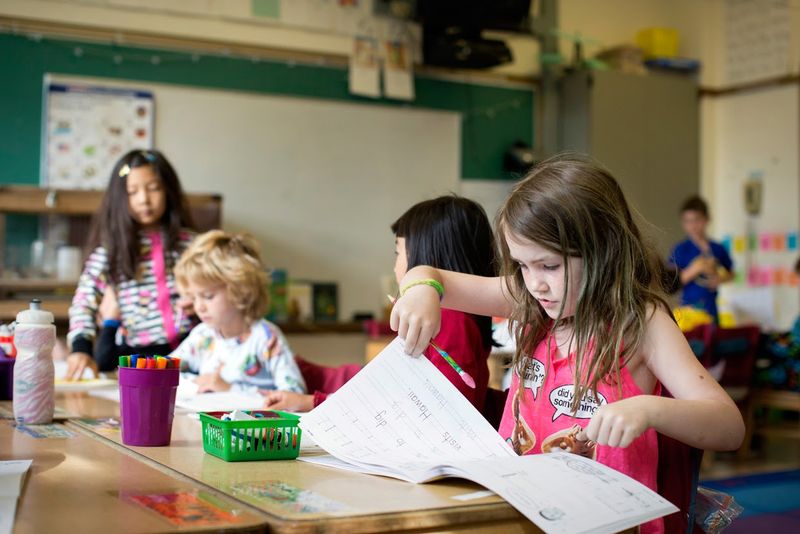
Seventh-grade social studies brought the strangest homework ever: “Mail Collection Week.” Mr. Harrison instructed us to gather our families’ mail for analysis, creating graphs showing types of correspondence received. This wasn’t just counting envelopes – we were opening everything and categorizing the contents.
I dutifully intercepted bills, bank statements, medical notices, and personal letters, recording details in my assignment notebook. We brought actual mail samples to class as “exhibits,” sharing parents’ credit card statements and grandparents’ medical correspondence. My presentation board featured my dad’s paycheck stub and mom’s insurance denial letter as examples of “adult financial documents.”
Beyond violating federal mail tampering laws, this project exposed highly sensitive personal and financial information. Modern teachers would never encourage children to intercept family mail, much less bring confidential documents to school for display. Today’s equivalent projects use teacher-created mock documents instead. Yet I distinctly remember receiving an A+ for my thorough analysis of my parents’ overdue electric bill and my aunt’s divorce papers.
12. Detailed Family Health History Presentations

Biology class turned uncomfortably personal when Ms. Garcia assigned her notorious health history project. “Map genetic traits and medical conditions in your family going back three generations,” she instructed, distributing family tree templates with spaces for diseases and mental health conditions.
We interviewed relatives about everything from heart disease to depression, creating comprehensive medical histories complete with dates of diagnoses and treatments. The project culminated in five-minute presentations where we shared our families’ medical secrets with thirty classmates. “My mom’s side has a history of alcoholism, and my dad’s family has had three suicides,” became standard classroom conversation.
Today’s genetics units use anonymous case studies rather than exposing students’ actual health information. Modern educators recognize that family medical histories contain sensitive genetic information that individuals have the right to keep private. Current privacy laws protect such information from disclosure without explicit consent. Meanwhile, my detailed family medical history poster probably still exists in a school storage closet somewhere.
13. Parent Workplace Shadowing Reports
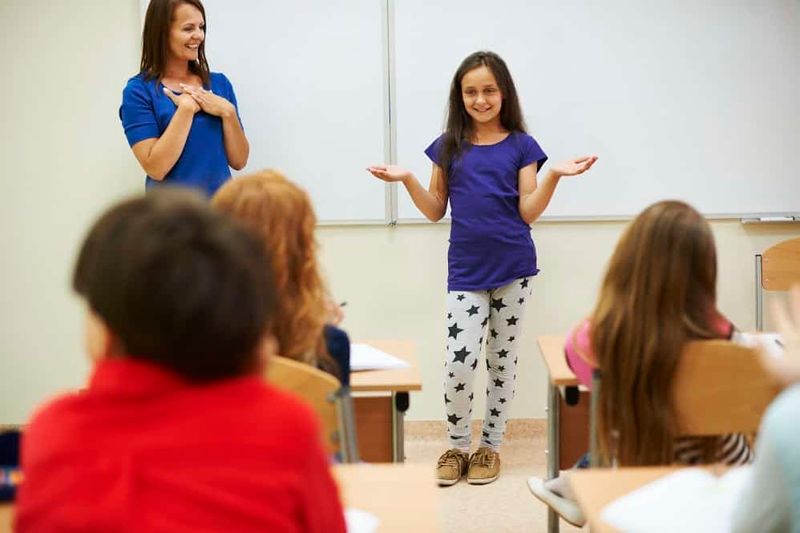
Career Week in 8th grade featured the infamous “Take Their Notes to Work” project. Students spent a day shadowing parents at their workplaces, with instructions to document everything – including confidential meetings, client interactions, and internal operations – for comprehensive class presentations.
I accompanied my mom to her accounting firm, furiously scribbling notes during client tax consultations and photographing computer screens showing financial records. My classmate Jason, whose dad worked at a medical office, returned with detailed notes about patient conditions and treatments. Another student proudly displayed photographs of confidential product designs from her mother’s engineering firm.
Modern workplace privacy regulations and confidentiality agreements would make this project impossible today. Contemporary career education recognizes that children shouldn’t have access to confidential workplace information, patient data, or proprietary business details. Current job shadowing programs include careful screening of appropriate activities and strict limitations on what students can document. Meanwhile, somewhere in a school archive, our detailed reports of workplace confidentiality breaches probably still exist.
14. Unauthorized Peer Psychology Experiments

Mr. Franklin’s high school psychology class turned students into amateur Freudians with his boundary-crossing final project: “Human Behavior Experiments.” Teams designed psychological tests to perform on unwitting subjects – usually other students or family members – without their knowledge or consent.
My group created a fake survey to trigger emotional responses, recording reactions without telling participants they were being studied. Other projects involved manipulating environments to observe stress responses, intentionally spreading false information to document how rumors evolved, and even sleep deprivation tests on younger siblings. We proudly documented results with hidden recordings and secret observation logs.
Contemporary psychology education emphasizes ethical research practices, informed consent, and the historical abuses that led to modern research protections. Today’s teachers would never permit experiments on unconsenting subjects, especially by untrained minors. Modern psychology projects use voluntary participation with signed consent forms and institutional oversight. Meanwhile, I still feel guilty about the classmate who cried after discovering our “survey” was actually manipulating her to reveal personal insecurities for our grade.
15. Complete Stranger Biography Assignments

Mrs. Turner’s creative writing assignment still makes me cringe: “Select a stranger and document their life for two weeks.” The instructions encouraged “discrete observation” to create detailed character profiles of people we’d never met. Basically, institutionalized stalking for English credit.
I chose the mail carrier who delivered to our neighborhood, tracking his route timing, noting his lunch habits, and even following him to the grocery store once. My final paper included his approximate age, vehicle details, daily schedule, and interactions with others. Classmates profiled everyone from coffee shop baristas to random joggers, compiling alarmingly detailed dossiers on unwitting subjects.
Modern creative writing classes provide fictional character development exercises instead of encouraging surveillance of real people. Today’s educators recognize that following and documenting strangers’ activities without their knowledge constitutes stalking and invasion of privacy. Current students learn to create characters from imagination rather than observation of unconsenting individuals. Meanwhile, somewhere in my old English portfolio, my detailed surveillance notes on an innocent postal worker probably still exist.
